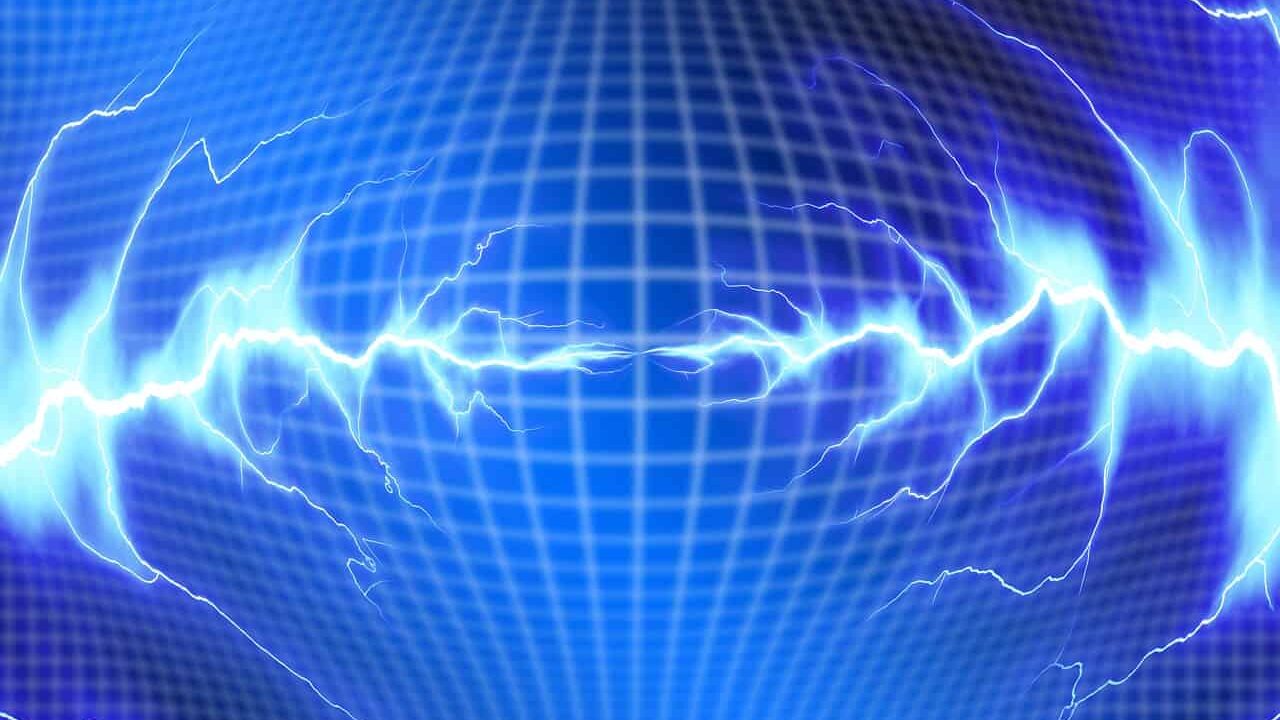Wireless charging, called inductive charging, is another way electric vehicles recharge. It transfers electricity from one magnetic coil in the charging pad to another fitted to the car. This process is similar to how wireless charging works for smartphones and other devices.
How wireless EV charging works?
Wireless EV charging works by parking the EV over a charging mat, often with six or more inches of air between the rug and the bottom of the EV. Then, the power is transferred wirelessly from the charging station to the receiver on the EV, and the EV battery charges slowly over time.
You can charge your EV wirelessly, but only if your vehicle supports wireless charging.
Notably, American EV giant Tesla teased a wireless charger and unveiled unlimited overnight home charging at the company’s Investor Day. It indicates the automaker’s plan to soon offer a wireless charging solution along with its Supercharger network.
Advantages of wireless EV charging
One potential advantage of wireless charging for EVs is that it eliminates the need for a physical connection between the car and the charging station, making charging more convenient and faster. However, wireless charging efficiency can be lower than traditional plug-in charging, so it may take longer to charge the battery wirelessly than with a physical connection.
Car manufacturers, like Audi, Stellantis, Mercedes-Benz, and Volkswagen Group, are working on inductive charging. Other suppliers of automotive parts and components, like Bosch and Continental are also developing off-the-shelf inductive charging systems for the automotive industry. And smaller companies, like Plugless in the USA, are already offering aftermarket inductive charging retrofit kits.
See Also:
- Tesla teases wireless charger and unveils unlimited overnight home charging
- Stellantis enters the wireless EV charging market with Hevo
- FinePowerX licenses WiTricity technology to allow automatic wireless charging for EVs
- On-the-Go Wireless EV Charging is arriving at the PA Turnpike
- Research on power storage in wireless charging Highways
Here are also some vital benefits of wireless charging:
● No charging cables. It may help eliminate street clutter.
● Easy to do. You can simply drive over the charging pad. It means taxis and buses can wait for passengers while charging simultaneously.
● Zero emissions. Wireless charging encourages people to invest in EVs, which helps improve air quality and reduces noise pollution and carbon emissions.
● Potential for more innovation. Many people suggested that the roads and highways may be in line for wireless charging pads. It means having a consistent and never-ending charge while driving.

